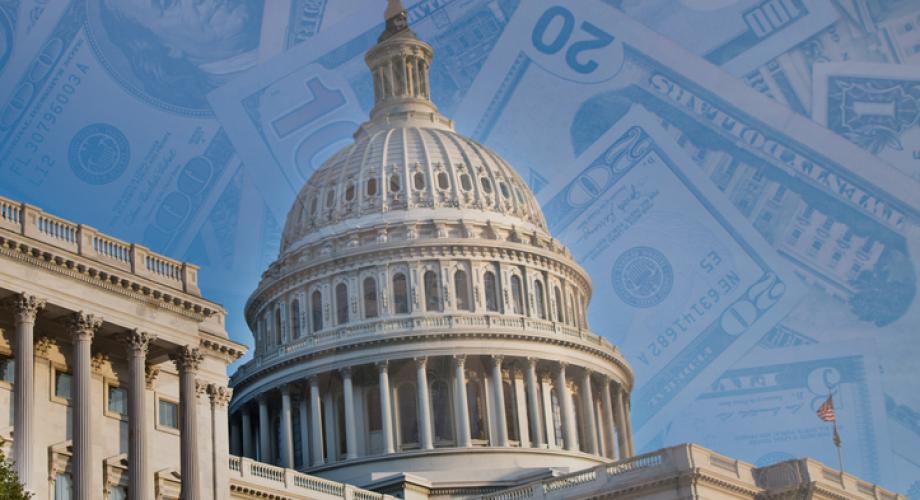As Democratic lawmakers seemingly reach an agreement on a reconciliation package, problematic tax provisions are brought back into the fold.
On July 27, Senate Majority Leader Charles Schumer (D-NY) and Senator Joe Manchin (D-WV) reached agreement on reconciliation legislation that would raise $739 billion, in part by tightening rules on carried interest. The package, titled the Inflation Reduction Act of 2022, also includes energy efficiency provisions of interest to the multifamily industry.
The Bottom Line:
Most notably, the legislation would require a carried interest stemming from a real property trade or businesses to be held for three years to receive long-term capital gains tax treatment.
State-of-Play:
Senate Democrats hope to bring the bill to the floor as early as next week. It is unclear whether they have the votes necessary for passage—particularly as Senator Kyrsten Sinema (D-AZ) has not expressed a view on the package as of this writing. All Senate Democrats will have to support package for it to pass. We remain extremely engaged with lawmakers as they look to move forward and will continue to update members on the state of play.
Read on to dive deeper into specific provisions impactful to our industry.
Carried Interest
The carried interest proposal raises $14 billion by extending the three-year holding period required for carried interest to be taxed as a long-term capital gain (as opposed to a short-term capital gain and, thereby, taxed at ordinary income rates) to five years. However, carried interest attributable to a real property trade or business would retain a three-year holding period requirement.
Under this proposal, 1231 real estate gains that are currently accorded long-term capital gains treatment if held for at least a year would be subject to the three-year holding period. Notably, the three-year holding period will remain in effect for taxpayers with an adjusted gross income of less than $400,000.
Energy Tax Incentives
The proposal would modify energy tax the Energy Efficient Commercial Buildings Deduction and the New Energy Efficient Home Credit available to the multifamily industry. Firms meeting baseline requirements would receive a base credit, and firms can quintuple the base credit if they pay all contractors and subcontractors prevailing wages.
Here are the details:
Energy Efficient Commercial Buildings Deduction
Beginning in 2022, the base credit for buildings with four or more stories that exceed 25 percent of ASHRAE standards in effect three years before a building is placed into service would be $0.50 per square foot for energy savings. It would increase by $0.02 per square foot for every percentage point by which energy savings exceed the 25 percent baseline threshold, up to $1.00 per square foot. Bonus amounts, as described above, are available for taxpayers both prevailing wages and meeting apprenticeship requirements.
Additionally, taxpayers would be able to take a deduction for energy efficient lighting, HVAC and building envelope costs placed in service as part of a retrofit. The value of the deduction would be based upon how much energy savings is achieved. A minimum 25 percent reduction would be required to realize a $0.50 per square foot gain in the base credit.
The base credit would be increased by $0.02 per square foot for each additional percentage point in energy savings, up to $1.00 per square foot. Bonus amounts, as described above, are available for taxpayers meeting paying prevailing wages and meeting applicable apprenticeship requirements. We have long called for retrofits with energy savings measured against an existing building’s baseline energy usage to be eligible for the credit.
Finally, the provision includes a special rule to enable REITs to take advantage of the deduction.
With regard to apprenticeship requirements for bonus amounts, projects would also have to be staffed by apprentices (10 percent of labor hours must be performed by apprentices for projects commencing construction in 2022, 12.5 percent in 2023, and 15 percent thereafter, with a minimum of one apprentice for each contractor or subcontractor employing at least four workers. Exemptions would be permitted if apprentices are unavailable.
New Energy Efficient Home Credit:
The proposal would extend the New Energy Efficient Home Credit (which applies to buildings of three or fewer stories) through 2032. For multifamily units acquired after 2022, a base credit of $500 is provided for units that participate in the ENERGY STAR Multifamily New Construction Program while meeting both national and regional program requirements. It is, however, unclear whether units will decide to participate in this program. A base credit of $1,000 is available to multifamily homes certified as zero energy ready under the Department of Energy Zero Energy Ready Home Program. Bonus amounts, as described above, are available for taxpayers meeting applicable prevailing wage requirements. Finally, a provision is included so that the credit may be better used in conjunction with the Low-Income Housing Tax Credit.
